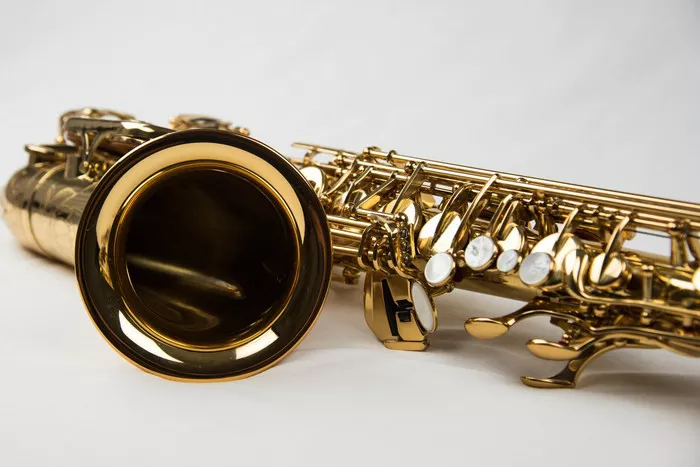The mini saxophone, often referred to as a pocket sax or a mini saxophone, is a compact and portable instrument that closely resembles the traditional saxophone in appearance and sound. Despite its small size, it packs a punch in terms of versatility and playability. Whether you’re a seasoned saxophonist looking for a travel-friendly option or a beginner interested in learning a new instrument, the mini saxophone offers a unique and enjoyable playing experience.
Understanding the Mini Saxophone
The mini saxophone shares many similarities with its larger counterpart, the traditional saxophone. It consists of a mouthpiece, a single reed, a neck, and a body with key mechanisms. However, its smaller size and simplified design make it more accessible to beginners and easier to transport.
Despite its compact nature, the mini saxophone is capable of producing a rich and resonant sound. It typically has a range of one to two octaves, depending on the model and design. While it may not offer the same range and tonal depth as a full-sized saxophone, it still provides ample opportunities for musical expression and creativity.
Getting Started with the Mini Saxophone
Playing the mini saxophone requires many of the same techniques as playing a standard saxophone. To begin, assemble the instrument by attaching the neck to the body and securing the mouthpiece with the ligature. Next, moisten the reed with saliva to ensure proper vibration and place it onto the mouthpiece, making sure it is positioned evenly.
Once assembled, take a comfortable stance and position the instrument to your mouth. Form an embouchure by placing your bottom lip over your bottom teeth and gently pressing the reed against your lower lip. Maintain firm but gentle pressure to produce a clear and resonant tone.
To produce sound, blow air through the mouthpiece while simultaneously pressing the keys to change pitches. Experiment with different fingerings and air pressure to explore the instrument’s range and capabilities. Practice scales, arpeggios, and simple melodies to develop your technique and familiarity with the instrument.
Techniques for Playing the Mini Saxophone
Mastering the mini saxophone requires diligence and practice. Focus on developing proper embouchure and breath control to produce consistent and expressive sounds. Experiment with dynamics, articulation, and vibrato to add depth and nuance to your playing.
Additionally, explore different playing styles and genres to expand your musical repertoire. Whether you’re interested in jazz, classical, or contemporary music, the mini saxophone can accommodate a variety of musical tastes and preferences. Listen to recordings of accomplished saxophonists for inspiration and guidance on technique and interpretation.
Maintenance and Care of the Mini Saxophone
Proper maintenance is essential for keeping your mini saxophone in optimal playing condition. After each practice session, disassemble the instrument and clean the mouthpiece, reed, and body with a soft cloth to remove moisture and debris. Avoid exposing the instrument to extreme temperatures or humidity, as this can damage the wood or metal components.
Regularly inspect the keys and mechanisms for signs of wear or damage and lubricate them as needed to ensure smooth and responsive action. Store the instrument in a sturdy case when not in use to protect it from dust, dirt, and accidental damage. With proper care and attention, your mini saxophone will provide years of enjoyment and musical fulfillment.
Advice for Further Advancement
As you become more proficient on the mini saxophone, consider exploring opportunities for further advancement and growth. Take lessons with a qualified instructor to receive personalized instruction and feedback on your playing technique and musicality. Join a community band or ensemble to collaborate with other musicians and expand your performance experience.
Additionally, continue to challenge yourself by learning new repertoire and techniques. Experiment with improvisation and composition to develop your own unique musical voice. Attend workshops, masterclasses, and music festivals to connect with other saxophonists and gain valuable insights into the art of saxophone playing.
Conclusion
Above all, maintain a passion for learning and a dedication to your craft. The journey of mastering the mini saxophone is a rewarding and fulfilling one that requires patience, perseverance, and a love for music. Embrace each opportunity to grow and improve, and never stop striving for excellence in your playing. With dedication and determination, you can unlock the full potential of the mini saxophone and become a skilled and accomplished musician.


